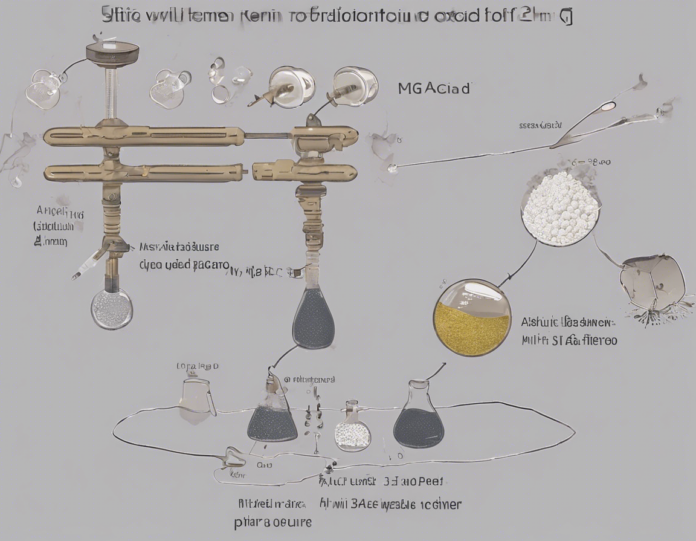Do you need to mix 2.3g of formic acid for a specific purpose? Here is a complete guide to help you understand the process, safety precautions, uses, and more.
Formic acid, also known as methanoic acid, is a simple carboxylic acid with the chemical formula HCOOH. It is commonly used in various industries such as agriculture, textiles, and pharmaceuticals. The process of mixing 2.3g of formic acid involves certain steps to ensure safety and efficacy. This guide will walk you through the process of mixing formic acid, its uses, precautions to take, and common FAQs associated with this chemical compound.
Understanding Formic Acid:
Formic acid is a colorless liquid with a pungent odor, derived from the Latin word "formica," meaning ant. It is naturally found in the venom of certain ants and in various plants. Commercially, it is primarily produced by the reaction of carbon monoxide with a base. The acid has a wide range of applications due to its unique properties.
Mixing 2.3g of Formic Acid:
When mixing 2.3g of formic acid, it is crucial to follow certain guidelines to ensure accuracy and safety:
Ingredients:
- Formic Acid (HCOOH) - 2.3g
- Distilled Water
- Personal Protective Equipment (PPE) - gloves, goggles, lab coat
Steps:
1. Wear appropriate PPE before handling formic acid.
2. Use a laboratory balance to measure precisely 2.3g of formic acid.
3. Transfer the measured amount of formic acid into a clean, dry container.
4. Dilute the formic acid with the required volume of distilled water as per your experiment or application.
Precautions:
- Safety: Formic acid is corrosive and can cause skin and eye irritation. Handle it with care and in a well-ventilated area.
- Storage: Store formic acid in a cool, dry place away from incompatible materials.
- Disposal: Dispose of formic acid according to local regulations. Neutralize it before disposal if necessary.
Uses of Formic Acid:
Formic acid finds applications in various industries:
- Agriculture: Used as a preservative and antibacterial agent in livestock feed.
- Textiles: Utilized in dyeing and finishing processes.
- Pharmaceuticals: Acts as a preservative in some medications.
- Cleaning: Effective in removing scale and rust.
Frequently Asked Questions (FAQs):
Q1: What are the hazards associated with formic acid?
A1: Formic acid is corrosive and can cause skin and eye irritation. It should be handled with caution.
Q2: Can formic acid be mixed with other chemicals?
A2: Yes, formic acid can be mixed with certain chemicals, but compatibility should be checked to avoid adverse reactions.
Q3: How should formic acid be stored?
A3: Formic acid should be stored in a cool, dry place away from heat sources and incompatible materials.
Q4: Is formic acid environmentally friendly?
A4: While formic acid can be biodegradable, its environmental impact depends on the concentration and use. Proper disposal is essential.
Q5: Can formic acid be used for organic farming?
A5: Yes, formic acid is commonly used in organic farming as a natural pesticide and antibacterial agent.
In conclusion, mixing 2.3g of formic acid requires precision, caution, and adherence to safety protocols. Understanding its uses and potential hazards is essential for handling it effectively. Whether used in agriculture, textiles, or pharmaceuticals, formic acid plays a significant role in various industries. By following the guidelines outlined in this guide, you can safely and efficiently incorporate formic acid into your application.

